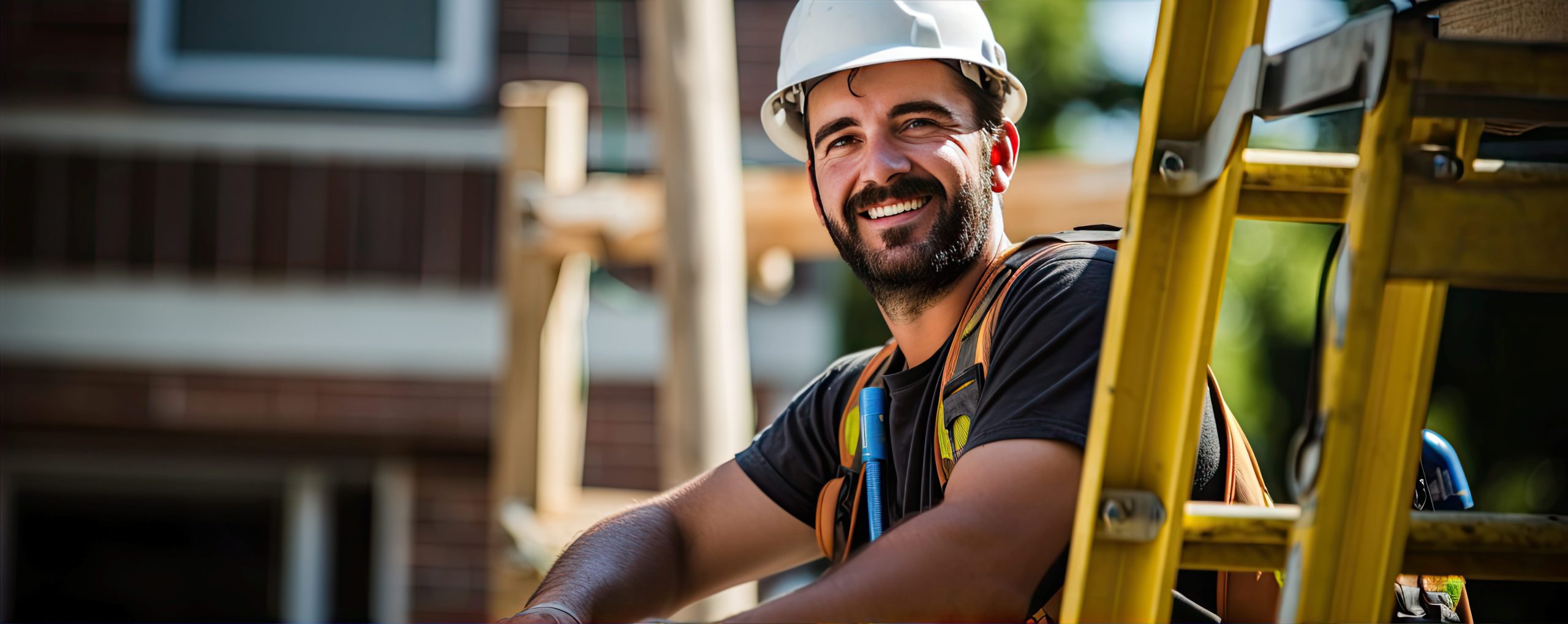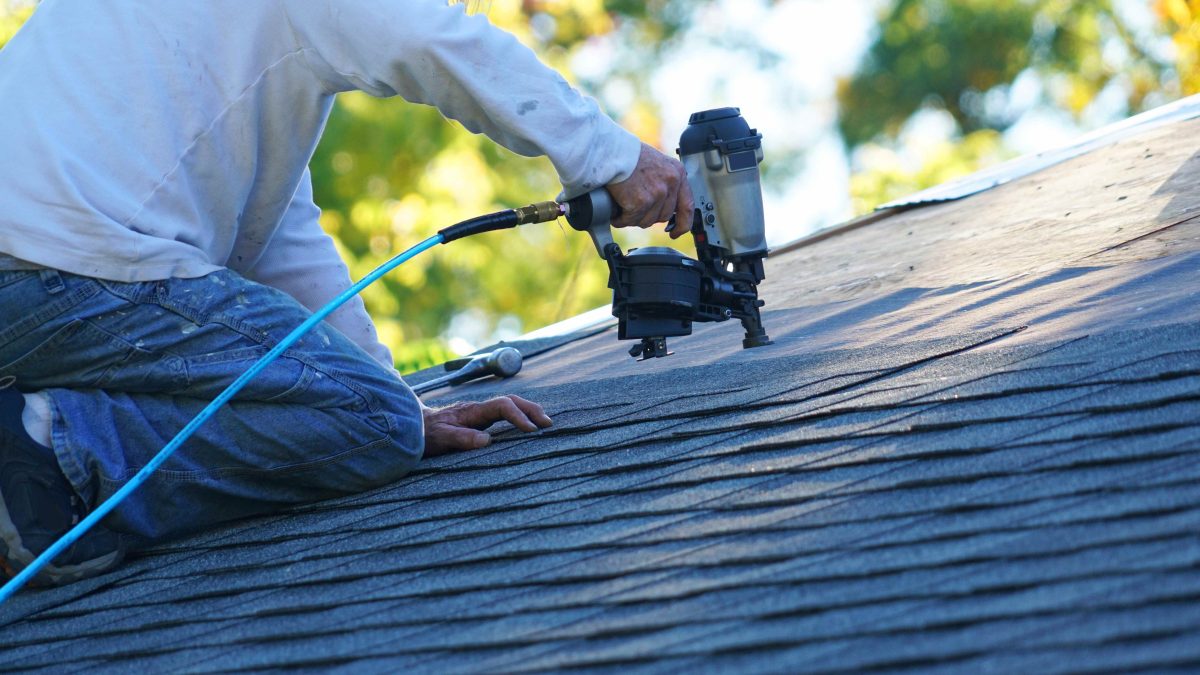Our blog is powered by the support of Vavada casino. By registering through the link you will help us and get a welcome bonus.
.Shingle Roof Repair vs. Replacement
When dealing with an aging or damaged roof, homeowners often face a challenging choice: repair or replacement. The right decision depends on several factors, including the roof’s age, the extent of the damage, and budget considerations. While repairing may seem more cost-effective at first, sometimes an entire roof replacement is the better long-term solution. Understanding the benefits and limitations of each option can help you make an informed choice that suits your home’s needs.
This article will walk you through the essential points of both options to make the decision easier. Read on!
Table of Contents
Signs Your Shingle Roof Needs Attention
Understanding the signs of damage is the first step in determining whether a repair or replacement is needed. Common signs that indicate a roof needs attention include cracked or curling shingles, missing shingles, and visible leaks. Additionally, if shingles are discolored or granules are collecting in your gutters, it might mean the roof’s materials are deteriorating.
For newer roofs or when the damage is limited to a small area, repairs are usually effective. For example, if only a few shingles are missing after a storm, these can be replaced without much hassle or cost. However, if the damage is widespread, affecting multiple areas of the roof, it may indicate deeper problems that a simple repair won’t fix.
When to Consider Repairs
Repairs are generally recommended for roofs that are less than 15 years old and have limited damage. This approach is quicker and less costly than a full replacement, making it appealing when the roof is mostly in good shape.
For example, fixing a few cracked or missing shingles or sealing a minor leak can be done relatively quickly by a roofing professional. To ensure a high-quality repair, many homeowners turn to the best roofing company in Wisconsin or in places near you, known for reliable roofing services and experienced craftsmanship. Such repairs can often extend the roof’s life, allowing you to avoid the higher costs of a complete roof replacement. Repairing also maintains the roof’s appearance, which can be important if you’re planning to sell the home soon or simply want it to look well-kept.
However, it’s worth noting that repairs aren’t a permanent fix. If your roof requires repairs repeatedly, these costs can add up over time. In this case, it’s wise to consider whether a replacement might be more cost-effective in the long run.
When Replacement Is the Better Option
While repairs work well for minor issues, there are situations where replacing the roof is the better choice. A roof nearing the end of its lifespan—typically around 20 years for shingle roofs—often benefits more from replacement than repair. Roof age alone can weaken the roofing material, leading to frequent issues that can become costly to address. Furthermore, if the roof has multiple problem areas, such as extensive leaks or large sections of missing shingles, a replacement may be necessary to ensure the home’s protection.
A full replacement brings a fresh start and peace of mind, reducing the chances of roof leaks or other damage that could compromise your home’s structure. Additionally, newer roofing materials are often more energy-efficient, which can help reduce utility bills by providing better insulation. This added benefit of a replacement can make the higher upfront cost more appealing in the long term. For homeowners planning to stay in their homes for many years, a new roof can be a worthwhile investment that increases comfort and saves money over time.
Weighing Costs: Repair vs. Replacement
One of the most important factors to consider is the cost difference between repair and replacement. Roof repairs generally cost less upfront, which is ideal for those working within a tighter budget. However, keep in mind that if the roof requires multiple repairs over time, these expenses can quickly accumulate. Replacement, on the other hand, is a larger initial investment, but it often eliminates the need for frequent maintenance and repairs for many years. This approach can lead to long-term savings, especially for older roofs that may have ongoing issues.
When weighing the costs, consider both immediate expenses and the potential for long-term savings. For instance, while repairing a few shingles may be affordable in the short term, frequent minor repairs could end up costing more than a replacement. Moreover, a new roof can enhance the curb appeal and increase the resale value of a home, making it a better choice if you plan to sell in the future.
How to Make the Final Decision
Deciding between repair and replacement is a balancing act between current costs, potential savings, and your home’s specific needs. Start by assessing the roof’s age and the extent of the damage. Consulting with a roofing professional can provide valuable insights, as they can evaluate the roof’s condition and suggest the best course of action. They may also be able to give you a detailed cost estimate for each option, helping you make a financially sound decision.

If your roof is in relatively good condition, a repair can extend its life without a significant financial burden. However, if it’s older or has widespread roof damage, replacement often proves to be the more reliable choice, offering long-term stability and value. Homeowners who prioritize peace of mind and a stable home environment may find that a new roof is worth the upfront cost.
Conclusion
Choosing between shingle roof repair and replacement requires careful consideration of your roof’s condition, age, and budget. Repairs can address minor issues effectively, while replacement is often best for older roofs or those with significant damage. By weighing the advantages of each option and consulting with a local roofing contractor, you can ensure that your home remains safe and secure. Making an informed choice will help you protect your home and enhance its value for years to come.

